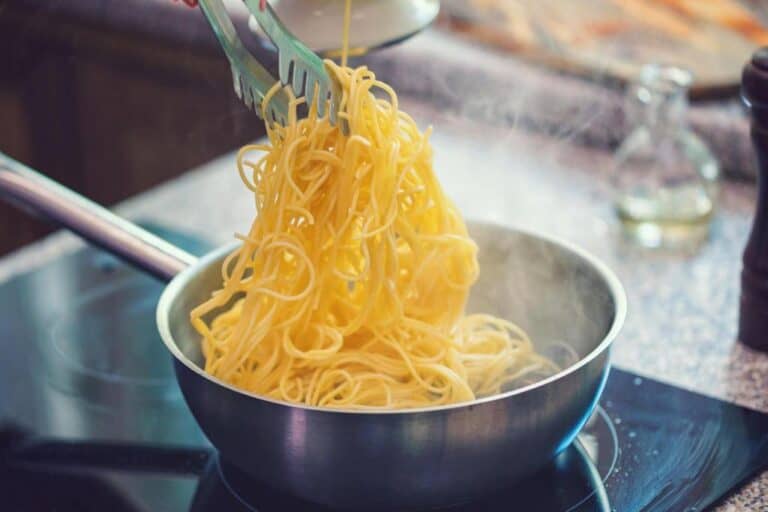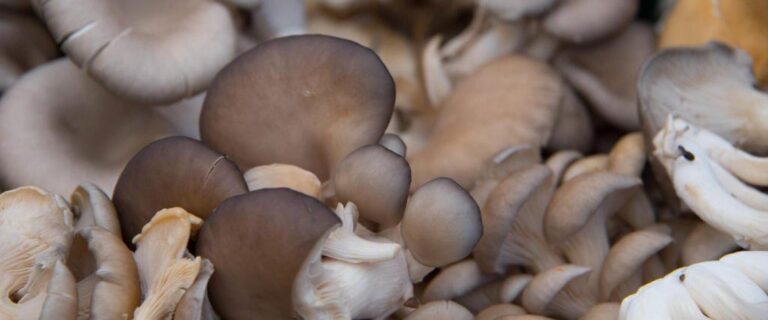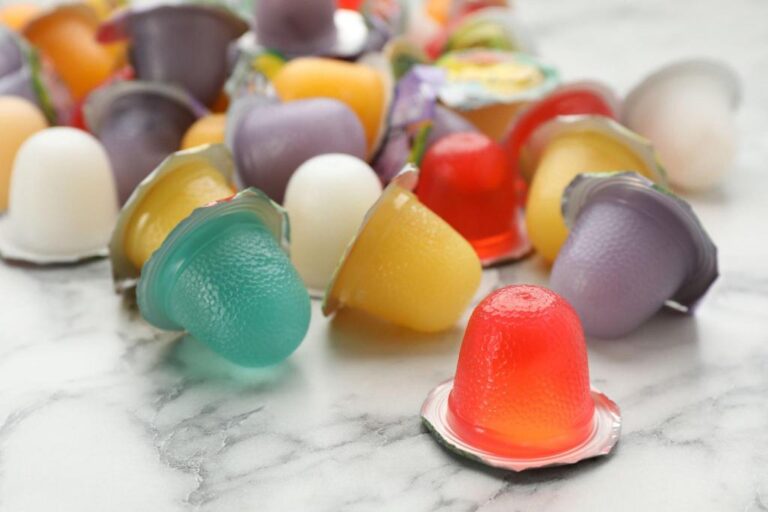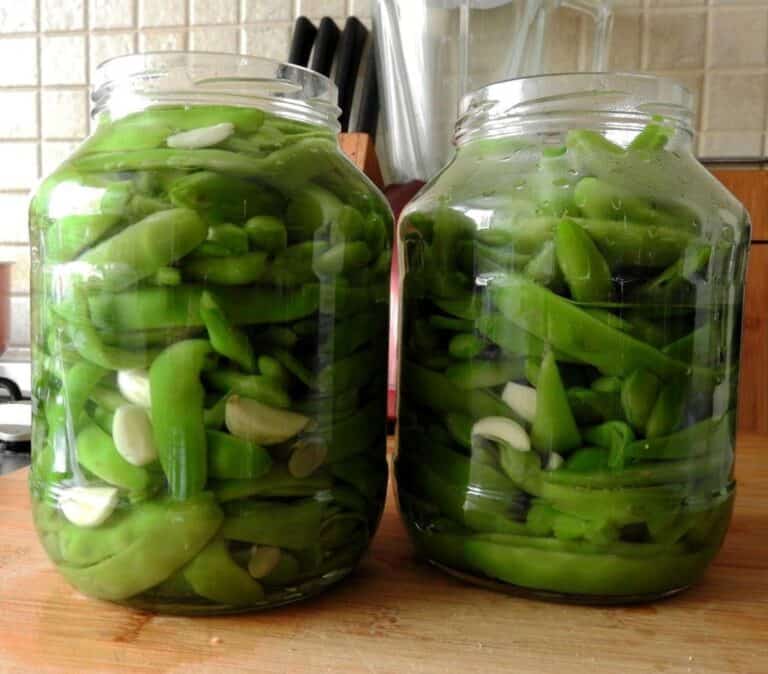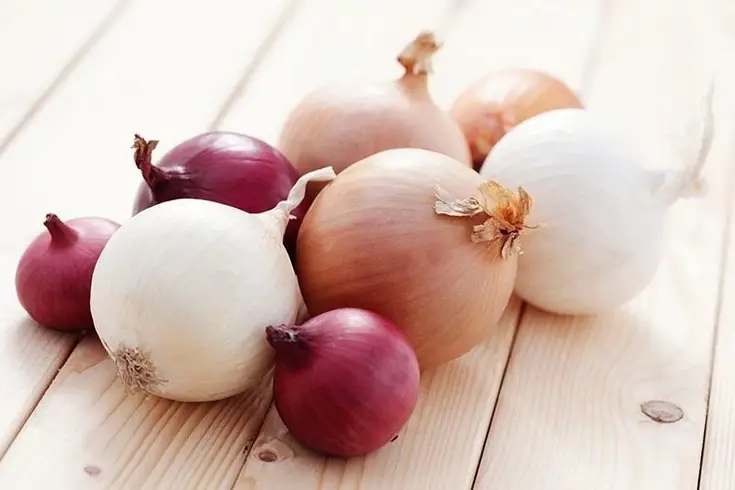White Stuff and White Spots on Hot Dogs: What Are They?
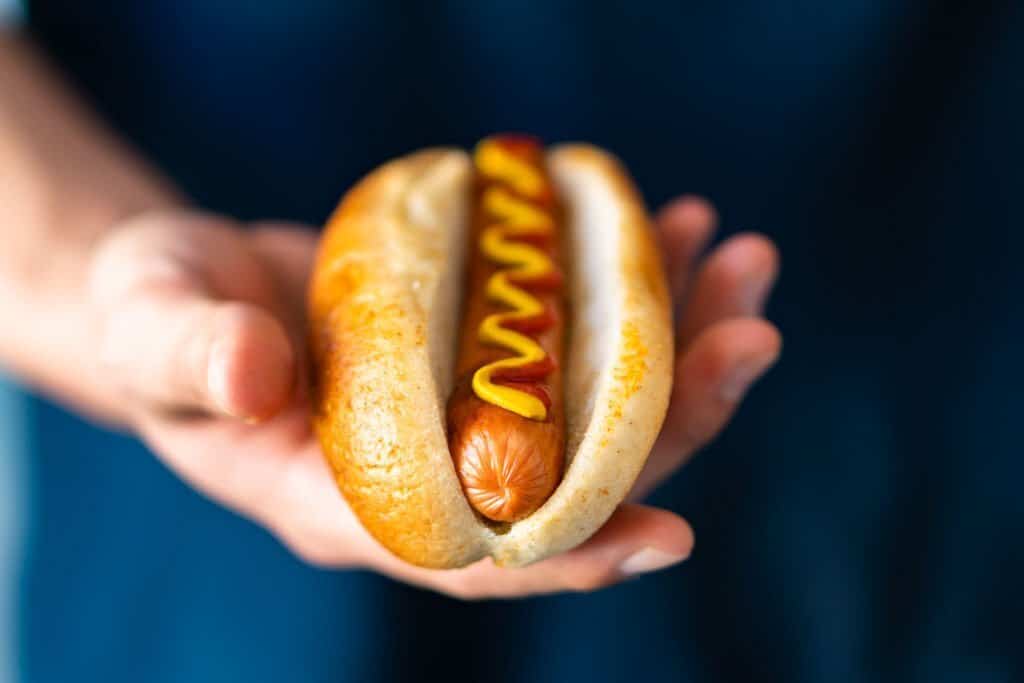
Hot dogs are a staple of many American diets, especially during the summer months. The National Hot Dog and Sausage Council says that 20 billion hot dogs are eaten by Americans every year. That’s about 70 hot dogs per person.
When you buy a pack of hot dogs at the store, you might notice that some of them have white stuff and white spots on them. What are they? Are those hot dogs still safe to eat?
While it may not be the most appetizing thing to see, it’s important to understand what causes it and whether or not it’s safe to eat.
In this article, we will explore what these white spots, or white stuff on hot dogs, are and whether or not they are cause for concern.
White Stuff and White Spots on Hot Dogs: Some Possibilities
If you’ve ever bought hot dogs at the supermarket, you may have noticed that some of them have white spots or a white substance on them. So, what are these white spots and streaks on hot dogs? Should you be concerned for them?
Below are some possible causes of the white stuff you found on your hot dog, whether on the sausage or on the bun.
- Protein
So what causes these white spots or substances on hot dogs? It’s possible that it is simply a reaction between the proteins in the meat and the nitrites that are used as a preservative.
When these two ingredients come into contact with each other, they create a harmless white film.While this may look unappetizing, it’s actually perfectly normal.
- Fat
In most cases, it’s simply fat that has been rendered from the meat during the cooking process. This fat can rise to the surface of the hot dog, particularly if it’s been cooked at a lower temperature. While there’s nothing wrong with eating a hot dog with some fat on it, too much fat can make the hot dog greasy and unhealthy.
- Corn Starch
The white powder that was found in the sausage is most likely corn starch. This is a common ingredient that is used to keep the sausage dry. It is also used as an anti-caking agent. The corn starch helps to absorb moisture and keeps the sausage from sticking together.
- Flour Bakeries
Every bakery strives for perfect burgers and hot dogs. They put flour on the bottom and top of the buns to keep them from sticking to the grill and to make sure it cooks evenly. This will also help to absorb any excess grease.
If this is the case, your hot dogs are still perfectly fine to eat.
- Salt Crystals
Are you concerned about the white spots and streaks you see on your hot dogs? Don’t worry, they’re probably just salt crystals!
Salt is a key ingredient in hot dogs, and as it heats up, it begins to form crystals. These crystals are harmless and won’t affect the taste or quality of your hot dog. So the next time you see them, don’t be alarmed; they’re just salt!
- Mold
Moldy bread is not necessarily a sign of poor hygiene, but it does mean that the bread was not properly stored. If you see white spots on your bread, it’s best to throw it out.
| Moldy bread can cause nausea, vomiting, and diarrhea. Some people may also experience allergic reactions to it. In severe cases, moldy bread can cause respiratory illness. |
What Are the Signs of Mold on My Hot Dog?
Your hot dog is probably not safe to consume if you find mold on its surface. It’s important to inspect before consuming a hot dog since mold may sometimes grow inside of it. If you’re wondering whether or not your hot dog is moldy, here are some telltale signs:
- Look for discoloration or fuzzy patches on the outside of the hot dog. These are signs of mold. It can be a sign of mold development if they have any black patches or other abnormalities.
- Smell the hot dog. If it smells bad or sour, it may have gone bad, and mold may be growing on it.
- Slice up the hot dog to look inside for mold. If you see mold on the hot dog, you should throw it away.
- Check and verify the date of expiration. If the hot dog’s expiration date has passed, it is more likely to have mold on it.
Bread Mold vs White Flour on Buns: Check the Differences
Bread mold frequently starts off white or has a white coloration. So it is easy to distinguish them, yes? Not quite. The top of some breads, such as artisan bread, is covered in flour. It offers a pleasing, rustic look that is both aesthetically pleasing and palatable.
Even though flour-dusted bread is tasty and nice, it has one big problem: it can be hard to tell if the “white” is really flour or mold.
Bread Mold

White Flour
- Type of fungus.
- Size: smaller than white flour.
- Color: white, black or green.
- Appearance: fuzzy Cause bread to spoil
- Type of grain.
- Size: larger than bread mold.
- Color: white.
- Appearance: smooth.
- Needed in making bread
These physical differences can have a big impact on how the two substances are used. For example, because bread mold is so small, it can be difficult to see with the naked eye. This means that it’s often used in scientific experiments involving microscopic organisms.
White flour, on the other hand, is much larger and easier to see, so it’s often used in baking recipes.
Mold on bread can make people sick if they eat it, as it can cause breathing problems and stomach problems. White flour, on the other hand, is safe for human consumption. In fact, it is a staple ingredient in many baked goods.
So, while bread mold and white flour may appear to be similar at first glance, they are actually quite different. If you eat moldy bread, it can be very bad for your health, but white flour is safe to eat and is often used in baking.
How Can I Prevent Mold on My Food ?
Mold is a common problem that can cause food spoilage. For mold to grow, it needs an ideal environment. Mold development can be prevented if you don’t allow this environment to grow in the first place.
There are several ways to do this:
- When serving food, always keep it covered. By doing this, you can stop airborne mold spores in the air from contaminating your food.
- If you want to keep freshly cut fruits and veggies wet, wrap them in plastic wrap. You should use the same methods for salads.
- Perishable food cans shouldn’t be kept partially used in the refrigerator. Mold may grow on open items stored in the refrigerator. Instead, store the remaining food in an airtight container in a refrigerator or freezer.
- Don’t go more than two hours without covering your perishable food items in the fridge.
- Food leftovers shouldn’t be kept in the refrigerator for longer than three or four days. Otherwise, mold development is more likely to happen.
Conclusion
While most people enjoy hot dogs without any issues, some may be concerned about certain white spots or stuff on their hot dog.
White spots on hot dogs may indicate mold, while white stuff on them may simply be another thing that should not raise concern. However, both can be unappetizing and should be avoided.
It’s important to inspect your hot dogs carefully before eating them to make sure that they’re safe to eat. When in doubt, it is best to err on the side of caution and not eat questionable hot dogs.

